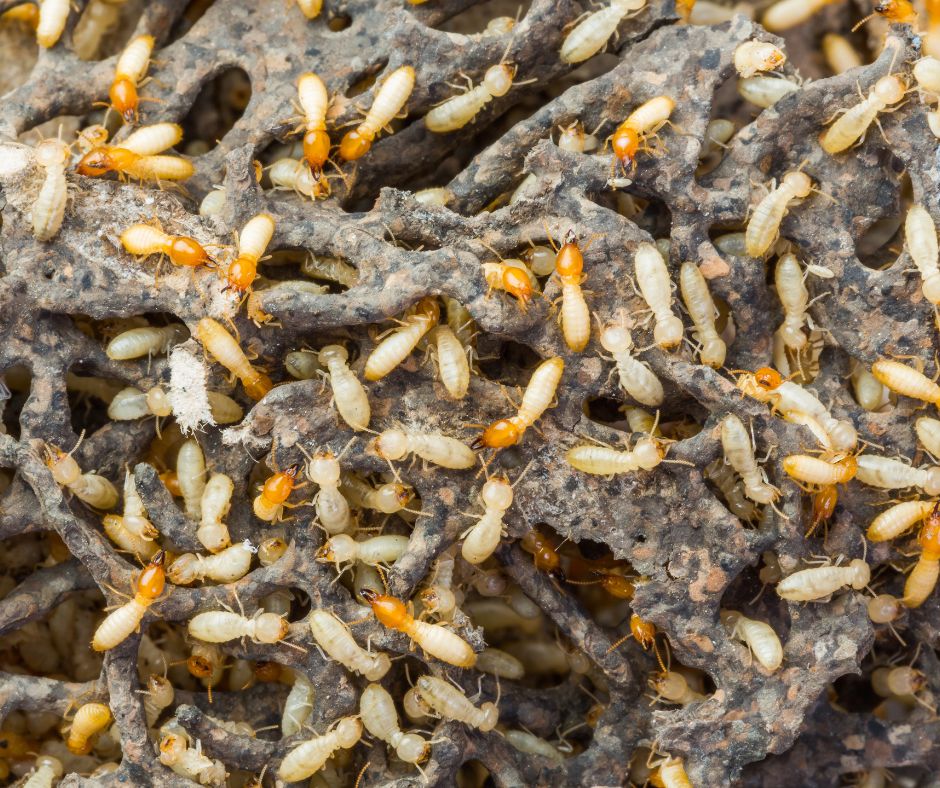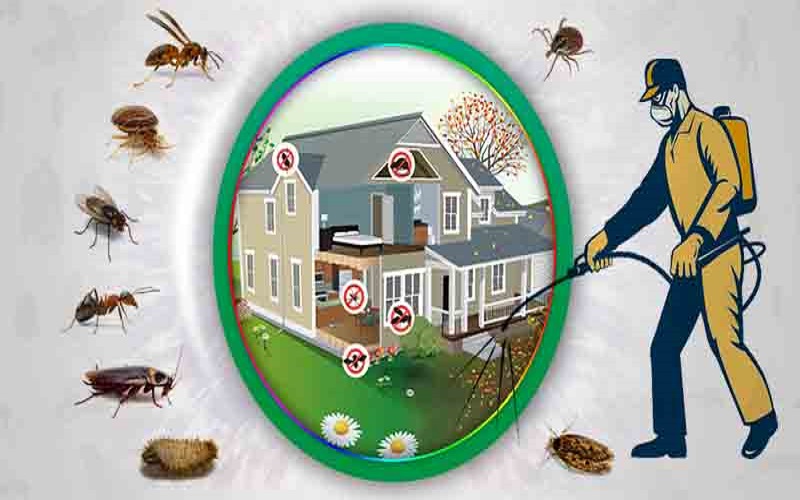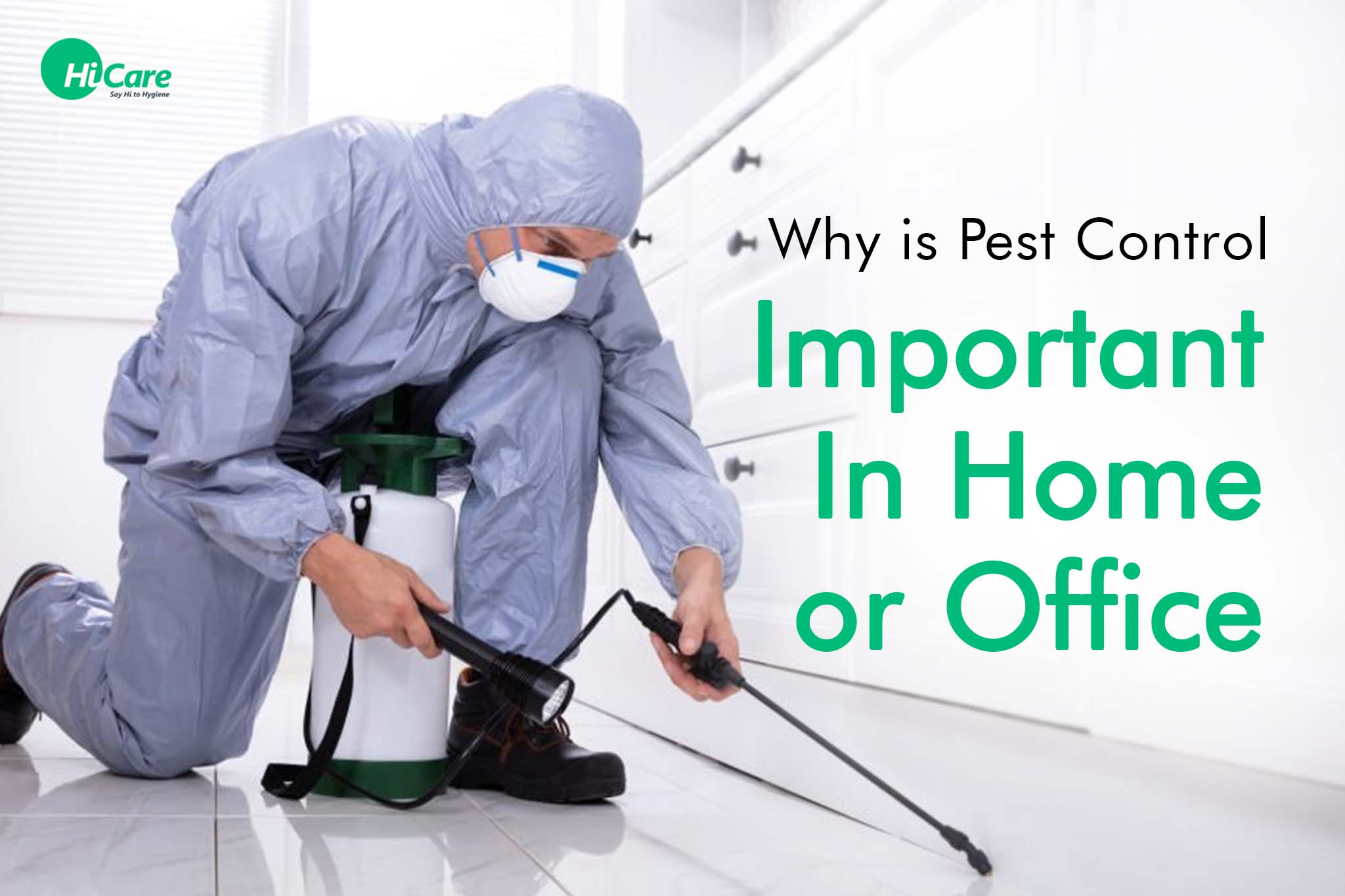Trusted Cockroach Exterminator Port Charlotte to Exterminate Pests Fast
Learn Regarding the most up to date Developments in Parasite Control and How to Carry Out Effective Treatment Solutions
Over the last few years, the field of insect control has seen considerable innovations, driven by the demand for lasting and effective treatment services. Ingenious strategies such as Integrated Insect Administration (IPM) integrate green experiment cutting-edge technology, improving both effectiveness and environmental responsibility. Additionally, the assimilation of smart technologies and DIY methods has actually encouraged people to take on bug problems a lot more successfully. As we discover these developments, it ends up being vital to understand how finest to implement these strategies in numerous settings to accomplish ideal results. The ramifications for pest monitoring methods might be transformative.
Eco-Friendly Bug Control Options
In recent years, the demand for green parasite control options has surged as homeowners and companies alike look for lasting choices to traditional chemical treatments. This shift is driven by growing environmental understanding and a need to minimize the health risks connected with synthetic pesticides.

Green parasite control techniques encompass a variety of approaches that focus on the usage of natural substances and techniques. Integrated Insect Management (IPM) is one such approach, incorporating organic, cultural, and mechanical methods to handle insect populaces while decreasing reliance on chemicals (Wildlife removal services). This alternative approach stresses prevention via environment manipulation and the intro of natural killers, thus cultivating a balanced ecosystem
An additional popular choice is using herb chemicals stemmed from plants, which tend to be much less dangerous to non-target microorganisms. Products like neem oil and diatomaceous planet have actually obtained traction for their effectiveness in controlling parasites while posturing very little dangers to human health and the environment.
In addition, exclusion methods, such as sealing access factors and keeping cleanliness, play a crucial role in eco-friendly bug monitoring. By adopting these sustainable techniques, people and companies can efficiently handle parasites while advertising a much healthier planet for future generations.
Smart Innovation in Bug Monitoring
Development is reshaping the landscape of pest management, with smart innovation becoming a pivotal force in boosting performance and effectiveness - Wildlife removal services. The integration of Internet of Things (IoT) gadgets, expert system (AI), and information analytics is revolutionizing how bug control professionals come close to problems
Smart catches outfitted with sensing units can find parasite task in real-time, sending out prompt informs to drivers. This permits prompt reactions, lessening damage and minimizing the need for extensive treatments. Furthermore, AI algorithms analyze historic data to anticipate insect behavior, making it possible for aggressive treatments based upon environmental conditions and infestation patterns.
Drones and computerized automobiles are likewise playing a significant duty in parasite administration, offering airborne evaluations of huge locations, determining hotspots, and even dispersing targeted treatments. These technologies not only enhance operations yet likewise boost safety by restricting human direct exposure to potentially hazardous chemicals.
Additionally, mobile applications encourage consumers to keep track of pest task and access specialist guidance, fostering a joint technique to pest management. On the whole, the adoption of clever innovation is establishing a new criterion in insect control, emphasizing data-driven choices and lasting methods that eventually profit both professionals and home owners alike.
Integrated Insect Administration Strategies
Integrated Parasite Administration (IPM) uses a holistic strategy to pest control, combining different approaches to efficiently take care of pest populations while reducing dangers to human wellness and the environment. IPM revolves around comprehending the pest life process, their natural opponents, and the ecological community in which they thrive.
One of the basic components of IPM is checking pest populations through routine assessments and information collection. This allows for the identification of bug thresholds, establishing when intervention is essential. Cultural techniques, such as crop habitat, cleanliness, and rotation control, are essential in decreasing insect frequency and promoting plant wellness.
Mechanical controls, including barriers and traps, are additionally crucial in IPM. These techniques can literally eliminate or prevent pests without making use of chemicals. When necessary, the wise application of chemical controls is used, concentrating on targeted treatments that reduce ecological effect.
Education and collaboration amongst stakeholders, consisting of farmers, pest control experts, and the neighborhood, are vital for the successful implementation of IPM strategies. By focusing on lasting techniques, IPM not just addresses pest problems but additionally promotes a healthier ecosystem.
Biological Control Approaches
Many biological control approaches are progressively acknowledged for their effectiveness in taking care of bug populations while advertising eco-friendly equilibrium. These methods harness natural killers, parasites, and virus to decrease pest numbers without depending on synthetic chemicals. For example, the introduction of ladybugs can effectively manage aphid populations, while nematodes target Continue soil-dwelling insect larvae.
Furthermore, the use of microbial chemicals, such as Bacillus thuringiensis (Bt), offers an eco friendly choice for taking care of caterpillar bugs. These items particularly target pest varieties, reducing injury to helpful pests and pollinators. Additionally, preservation organic control highlights boosting environments for all-natural enemies, such as birds and valuable insects, consequently urging their presence in agricultural systems.
Study proceeds to reveal ingenious techniques within this area, such as making use of pheromones to disrupt pest mating patterns or the advancement of biocontrol representatives via hereditary engineering. Applying these approaches can lead to sustainable insect administration practices that reduce the dependence on chemical treatments, inevitably cultivating much healthier ecosystems. As recognition of these techniques grows, they are becoming essential components of integrated bug monitoring (IPM) approaches, offering an equilibrium in between reliable bug control and ecological stewardship.
Do It Yourself Bug Control Solutions
As home owners look for efficient methods to take on bug issues, DIY pest control solutions have actually gotten appeal for their availability and cost-effectiveness. These techniques empower individuals to resolve invasions utilizing readily offered products and methods, typically pest control management without the demand for specialist treatment.

Additionally, maintaining proper hygiene and normal examinations can stop bug entrance and nesting (Wildlife removal services). Basic methods, such as sealing splits, getting rid of food resources, and decluttering, can substantially diminish parasite populaces. Traps, both homemade and commercially readily available, can additionally provide reliable remedies for tracking and controlling details bugs like rodents or pests

Final Thought
The combination of eco-friendly bug control choices, clever innovation, and innovative administration approaches offers an extensive strategy to efficient bug management. By accepting Integrated Bug Management (IPM) and using organic control methods, together with Do it yourself solutions, accountable and lasting pest control can be achieved.
Environment-friendly parasite control methods include a range of techniques that focus on the usage of all-natural substances and practices. Integrated Insect Administration (IPM) is one such method, incorporating organic, social, and mechanical tactics to manage insect populations while minimizing reliance on chemicals. As recognition of these methods expands, they are coming to be integral components of integrated bug management (IPM) strategies, providing a balance between effective insect control and environmental stewardship.
The integration of environment-friendly bug control choices, wise innovation, and ingenious administration methods offers a thorough method to efficient bug management. By welcoming Integrated Pest Management (IPM) and making use of organic control approaches, along with Do it yourself solutions, responsible and lasting parasite control can be accomplished.